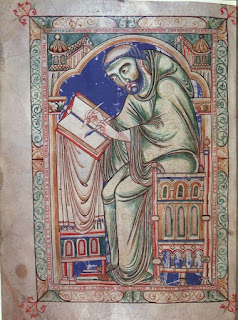Understanding the Bondslave in the Bible: Why a Bondslave Is the Same as a Disciple
In the Old Testament, the concept of a "bondslave" (or bondservant) originates from the Mosaic Law, which provided for Hebrew servants who could serve for six years and then go free in the seventh year (Exodus 21:2). However, if the servant loved his master and chose to remain in service voluntarily, he could commit to lifelong bondage. Exodus 21:5-6 describes this: "But if the servant plainly says, ‘I love my master, my wife, and my children; I will not go out free,’ then his master shall bring him to the judges. He shall also bring him to the door, or to the doorpost, and his master shall pierce his ear with an awl; and he shall serve him forever." This act of ear-piercing symbolized an irrevocable, love-driven covenant of total devotion and obedience, where the bondslave surrendered all personal rights to his master's will, finding identity and purpose in that relationship.










